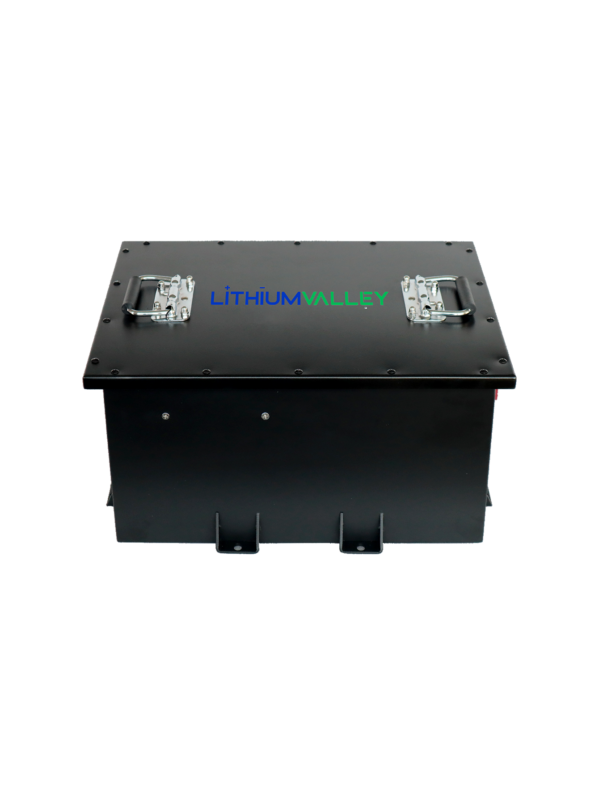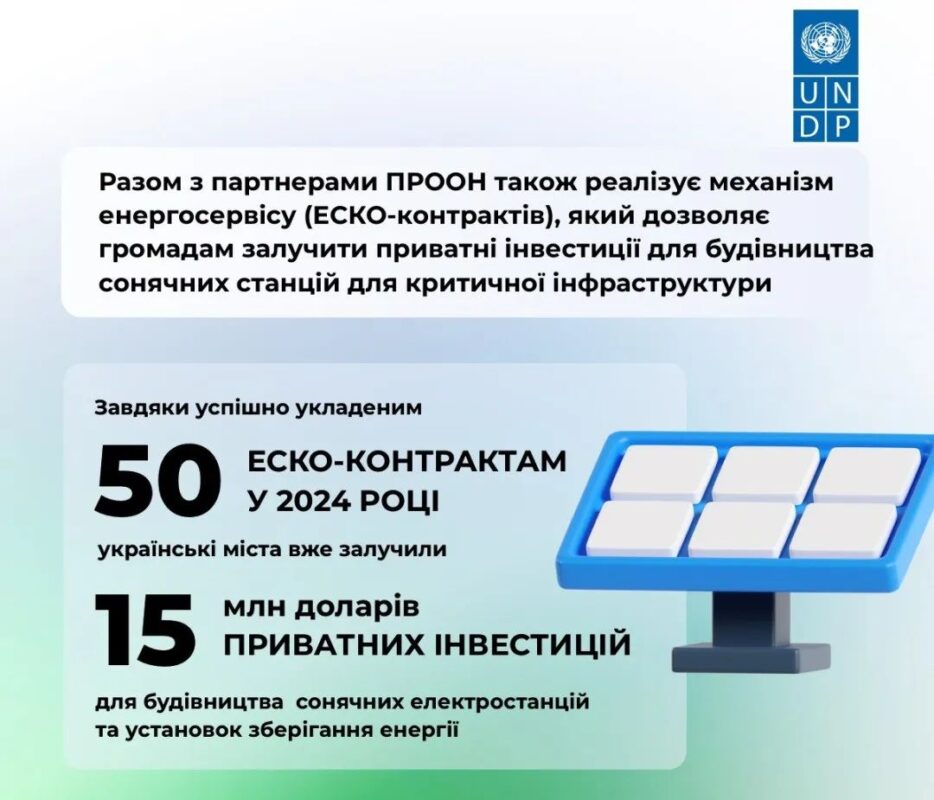1. Introduction to UPS and Energy Storage Systems
In today’s world, a reliable and secure supply of energy is essential for the success and continuity of many enterprises. This is especially true for critical applications such as industrial plants, offices, healthcare facilities, utilities, and data centers. To ensure uninterrupted power supply, uninterruptible power systems (UPS) and energy storage systems are used.
UPS and energy storage systems are two different technologies that serve different purposes. UPS is designed to provide backup power in the event of a power outage, while energy storage systems are used to store energy for later use. The principles of operation of UPS and energy storage batteries are different, and there are differences in energy storage and release between UPS and energy storage batteries.
UPS systems are typically used to provide backup power for short periods of time, usually a few minutes to a few hours. They are designed to protect critical equipment from power outages, voltage fluctuations, and other power quality issues. UPS systems are commonly used in data centers, hospitals, and other critical facilities where even a brief power outage can cause significant damage or disruption.
Energy storage systems, on the other hand, are designed to store energy for later use. They can be used to store energy from renewable sources such as solar and wind power, or to store energy during off-peak hours for use during peak demand periods. Energy storage systems can also be used to provide backup power in the event of a power outage, but they are typically designed to provide longer backup times than UPS systems.
Integrating UPS with energy storage requires design, management, and sustainability assessment. Advances in energy storage technologies and the evolution of UPS are shaping the future of these systems. Lithium VAlley’s energy storage solutions provide peace of mind and the performance needed for power protection in critical applications.
In conclusion, UPS and energy storage systems are essential for ensuring a reliable and secure supply of energy for critical applications. While they serve different purposes, they can be integrated to provide even greater reliability and flexibility. As technology continues to evolve, the future of UPS and energy storage systems looks bright, with new advances and innovations on the horizon.
2. Principles of Operation: UPS vs. Energy Storage Batteries
In today’s world, power outages can cause significant disruptions to businesses and institutions. To mitigate the impact of power outages, backup power systems such as UPS and energy storage batteries are used. While both systems provide backup power, their principles of operation are different.
UPS, or uninterruptible power supply, provides immediate backup power in case of a power outage. It is commonly used in critical facilities such as hospitals, research facilities, data centers, and transportation facilities. UPS systems typically use lead-acid batteries, which are reliable and cost-effective. In specific instances with special requirements, nickel-cadmium or lithium-ion batteries are sometimes used. Lithium-ion batteries are rapidly growing in popularity due to their high energy and power density, and long battery life.
On the other hand, energy storage batteries are designed to store energy for later use. They can be charged when energy is less expensive and used during peak demand periods. Energy storage batteries can use various types of batteries such as lithium-ion, flow, or sodium-sulfur batteries. Energy storage systems are used in the power grid to solve imbalances between electricity demand and supply.
While both UPS and energy storage batteries store energy, they are designed for different purposes. UPS is designed for short-term backup power, while energy storage batteries are designed for long-term energy storage. UPS systems use generators and batteries to bridge the gap between power interruption and the point in time when generators produce a stable power supply. Energy storage systems, on the other hand, collect energy in a physical medium to reduce the imbalance between energy production and the end users’ consumption.
In summary, UPS and energy storage batteries are both important backup power systems. UPS provides immediate backup power in case of a power outage, while energy storage batteries store energy for later use. UPS typically uses lead-acid batteries, while energy storage batteries can use various types of batteries such as lithium-ion, flow, or sodium-sulfur batteries. Energy storage systems are used in the power grid to solve imbalances between electricity demand and supply, while UPS is commonly used in critical facilities such as hospitals, research facilities, data centers, and transportation facilities.
3. Differences in Energy Storage and Release: UPS and Energy Storage Batteries
In today’s world, where power outages are a common occurrence, backup power systems have become a necessity. Two such systems are UPS and energy storage batteries. While both systems provide backup power, they differ in their energy storage and release capabilities.
UPS systems store energy in capacitors or batteries and release it immediately during a power outage. They are designed for short-term energy storage and release, typically providing backup power for a few minutes to an hour. UPS provides immediate power backup during power outages, while energy storage batteries can store energy for longer periods of time, ranging from a few minutes to several hours.
Energy storage batteries, on the other hand, store energy chemically and release it after a short delay. They can be charged and discharged multiple times, and some systems are capable of providing backup power for days or even weeks. Energy storage batteries can be used for both short-term and long-term energy storage, with some systems capable of providing backup power for days or even weeks.
UPS systems use batteries to store energy, which is released immediately in case of a power outage, while energy storage batteries store energy for later use and release it when needed. UPS batteries are typically designed for one-time use, while energy storage batteries can be used for peak shaving, load shifting, and renewable energy integration, allowing for economic gains through arbitrage.
UPS is mainly used for backup power, while energy storage batteries can be used for a variety of purposes. Most of the time, the capital-intensive energy storage systems lie unused or store more energy than is needed. This unused power can be exploited to support the grid and generate a revenue stream for the UPS owner. Providing such ancillary services allows UPS owners to support the transition to renewable energy sources, create new revenue streams, and reduce operating costs and energy bills.
UPS systems typically have a lower capacity than energy storage batteries, but can provide power more quickly in case of an outage. UPS typically uses lead-acid batteries, while energy storage systems can use various types of batteries such as lithium-ion, sodium-sulfur, and flow batteries. UPS releases energy quickly, within milliseconds, while energy storage systems release energy over a longer period of time, from minutes to hours.
In conclusion, both UPS and energy storage batteries provide backup power, but they differ in their energy storage and release capabilities. UPS is designed for short-term energy storage and release, while energy storage batteries can be used for both short-term and long-term energy storage. UPS provides immediate power backup during power outages, while energy storage batteries can store energy for later use and release it when needed. Energy storage batteries can be used for peak shaving, load shifting, and renewable energy integration, allowing for economic gains through arbitrage. By understanding the differences between these two systems, one can choose the right backup power system for their needs.
4. Application Scenarios: Role of UPS and Energy Storage in Various Fields
UPS systems and energy storage batteries play a crucial role in various fields, including data centers, hospitals, renewable energy systems, electric vehicles, and grid-scale energy storage. In this article, we will explore the different applications of UPS and energy storage and how they contribute to the efficiency and reliability of various industries.
UPS systems are commonly used in critical facilities such as data centers and hospitals to provide backup power in case of an outage. These systems ensure that critical operations continue uninterrupted, preventing data loss and ensuring patient safety. UPS systems are also essential for companies and institutions with critical power requirements, such as financial institutions and government agencies.
Energy storage batteries are also used in a variety of applications, including renewable energy systems, electric vehicles, and grid-scale energy storage. Energy storage can help to reduce energy costs and provide backup power, making it an essential component of modern energy systems.
Renewable energy integration is one of the most significant applications of energy storage. Energy storage systems can store excess energy from renewable sources and release it during peak demand periods, ensuring a stable and reliable energy supply. Energy storage can also be used for large-scale load leveling, area-specific load regulation, and short-/long-term stabilization for renewable energy installations.
Electric vehicles are another area where energy storage plays a critical role. The batteries used in electric vehicles are a form of energy storage, allowing the vehicle to travel long distances without the need for frequent recharging. Energy storage can also be used to power charging stations, ensuring that electric vehicles have access to a reliable and efficient charging infrastructure.
Grid-scale energy storage is another application of energy storage. Energy storage systems can help to stabilize the grid, ensuring a reliable and efficient energy supply. They can be used for voltage regulation, line expansion cost reduction, and emergency power supply during outages. Energy storage can also be used for cooling in urban buildings, shopping malls, or for the refrigeration of food.
ABB’s energy storage expert team is committed to providing top-quality consulting services to ensure that customers enjoy the best performance from their energy storage products. There are a large number of different battery systems available nowadays that are designed to provide various levels of functionalities and to work within diversified environments and operating conditions.
In conclusion, UPS systems and energy storage batteries play a crucial role in various fields, ensuring a reliable and efficient energy supply. From critical facilities such as data centers and hospitals to renewable energy systems, electric vehicles, and grid-scale energy storage, UPS and energy storage are essential components of modern energy systems. With the help of Lithium Valley’s energy storage expert team, customers can enjoy the best performance from their energy storage products, ensuring a sustainable and efficient energy future.
5. Case Studies: Typical Uses of UPS and Energy Storage in Different Scenarios
Uninterrupted power supply (UPS) and energy storage systems (ESS) are essential components in various fields, ensuring uninterrupted operation of critical systems during power outages. The typical uses of UPS and ESS in different scenarios are discussed in this article.
UPS is commonly used in data centers to provide backup power during power outages, protecting against data loss and ensuring uninterrupted operation of critical systems. A data center in Sweden installed a UPS system to provide backup power in case of a power outage. Similarly, a hospital in California installed an ESS to provide backup power during power outages and reduce energy costs.
ESS is used in Japan to address unstable power issues after major earthquakes, in South Korea to reduce peak demand and stabilize the power grid, and in the UK to store excess energy from wind turbines and release it during peak demand periods, reducing the need for fossil fuel backups. A microgrid in Hawaii uses ESS to integrate renewable energy sources and provide backup power in case of a power outage.
Companies and institutions with critical power requirements have installed solar energy generation as part of their wider carbon reduction goals to reduce energy costs. However, solar inverters need to be isolated from the grid when it is down, resulting in lost energy production. Solutions like SolarEdge’s UPS backup solution include hardware that isolates the inverters from the grid to maintain solar energy production while the grid is down, effectively creating a micro-grid.
ABB’s energy storage solutions have been used in various fields, including data centers, hospitals, and utilities. ABB’s UPS systems have been installed in a data center in Switzerland to ensure uninterrupted power supply, and ABB’s energy storage solutions have been used in a hospital in Germany to provide backup power during power outages.
Energy storage systems were initially proposed by Newcastle University in the UK as an alternative to compressed air energy storage systems and were tested by Mitsubishi in 1998. A 350 kW/2.5 MWh pilot plant for energy storage was constructed near London between 2011 and 2014 and tested with a nearby biomass power plant. In June 2018, a 5 MW/15 MWh demonstration plant for energy storage was built near Manchester, linked with a nearby landfill gas power plant.
In conclusion, UPS and ESS are crucial components in various fields, ensuring uninterrupted operation of critical systems during power outages. The typical uses of UPS and ESS in different scenarios include data centers, hospitals, and utilities. Companies and institutions with critical power requirements have installed solar energy generation as part of their wider carbon reduction goals. ABB’s energy storage solutions have been used in various fields, including data centers, hospitals, and utilities. Energy storage systems were initially proposed by Newcastle University in the UK and have been tested in various pilot and demonstration plants.
6. Integrating UPS with Energy Storage: Design, Management, and Sustainability Assessment
The integration of UPS with energy storage systems has become increasingly popular in recent years due to its ability to improve the efficiency and reliability of power supply while reducing costs. However, proper design, management, and sustainability assessment are crucial for optimal performance and sustainability.
Design and Management
When integrating UPS with energy storage, it is important to consider the compatibility of the UPS and energy storage batteries. ABB’s energy storage expert team provides consulting services to ensure that customers enjoy the best performance from their energy storage products. ABB’s UPS applications make use of a wide variety of energy storage solutions, with lead-acid batteries being the most common technology. In specific instances with special requirements, nickel-cadmium or lithium-ion batteries are sometimes used.
The design and management of the integrated system should consider factors such as energy storage capacity, charging and discharging efficiency, lifespan, and cost-effectiveness. New, specialized software allows energy to be stored when chargers are less expensive and used in place of grid power at times when charges are higher. UPS batteries can be used to provide additional power for short periods of time in instances where energy cannot be sourced from the grid. Energy usage does not always align with the energy generation of a PV system. Energy can be stored in a battery for consumption at a later time instead of either limiting energy production or feeding it into the grid. The integration of flexible PV and UPS solutions changes the whole dynamic of working with energy suppliers and using the grid.
Sustainability Assessment
Sustainability assessment is important to ensure that the integration of UPS and energy storage is environmentally friendly and economically viable. The environmental impact of the system should be considered, including the materials used in the batteries and the end-of-life disposal process. Sustainability assessment should also evaluate the energy source used to charge the batteries.
Integrating UPS with energy storage can provide a more reliable and sustainable backup power solution. The design and management considerations include selecting the appropriate battery technology, sizing the system for the intended load, and implementing a control system to manage the energy flow. Proper maintenance and monitoring are also crucial for optimal performance and sustainability.
Conclusion
Integrating UPS with energy storage can provide a more efficient and sustainable backup power solution. The integration of flexible PV and UPS solutions changes the whole dynamic of working with energy suppliers and using the grid. However, proper design, management, and sustainability assessment are crucial for optimal performance and sustainability. ABB’s energy storage expert team provides consulting services to ensure that customers enjoy the best performance from their energy storage products. Sustainability assessment should consider the environmental impact of the system, including the materials used in the batteries and the energy source used to charge them.
7.Future Trends: Advances in Energy Storage Technologies and the Evolution of UPS
As the world becomes increasingly reliant on technology, the need for reliable backup power has become more important than ever. Uninterruptible power supply (UPS) and energy storage systems (ESS) are two technologies that provide backup power in case of power outages. In this article, we will explore the principles of operation, differences in energy storage and release, application scenarios, and future trends of these technologies.
Principles of Operation:
UPS provides immediate backup power through batteries that are continuously charged by the main power source. On the other hand, ESS stores energy in batteries and releases it when needed. UPS batteries are designed for short-term backup power, while ESS are designed for longer-term backup power and energy management. UPS provides power for a short period of time, typically a few minutes to an hour, while ESS can provide power for a longer period of time, from a few hours to several days.
Differences in Energy Storage and Release:
UPS batteries release energy quickly, but have limited storage capacity, while ESS can store more energy, but release it more slowly. UPS provides power instantly when the main power source fails, while ESS takes some time to start providing power.
Application Scenarios:
UPS and ESS are used in various fields for backup power in case of power outages. UPS is commonly used in data centers, hospitals, and other critical infrastructure where even a momentary power outage can cause significant damage. ESS is used in residential and commercial buildings, as well as in renewable energy systems.
Dynamic Grid Support Technology:
Dynamic grid support technology is a smart grid enabling technology that allows users to use their battery energy storage system to reduce their carbon footprint, adapt to the major shift in the energy landscape, and improve their site’s availability, while lowering their energy costs and consumption. By adding extra capacity to the existing UPS battery storage for backup power, users can potentially earn revenue from stored energy.
Grid Interactive UPS:
Grid-interactive UPS technology is poised to help the grid be more efficient, more compatible with renewable power generation, and help improve environmental impact. By using a grid-interactive UPS from Vertiv, facilities can participate in grid balancing services such as fast frequency response and demand management (peak shaving).
Revenue Generation:
The rise of renewables presents opportunities for revenue generation and cost savings for facilities that own battery energy storage systems. By connecting UPS energy storage to the grid and deploying dynamic grid support technology, users can earn money by participating in grid frequency management programs and save money by going off-grid at peak times, without undermining the primary role of the UPS system: to protect critical infrastructure.

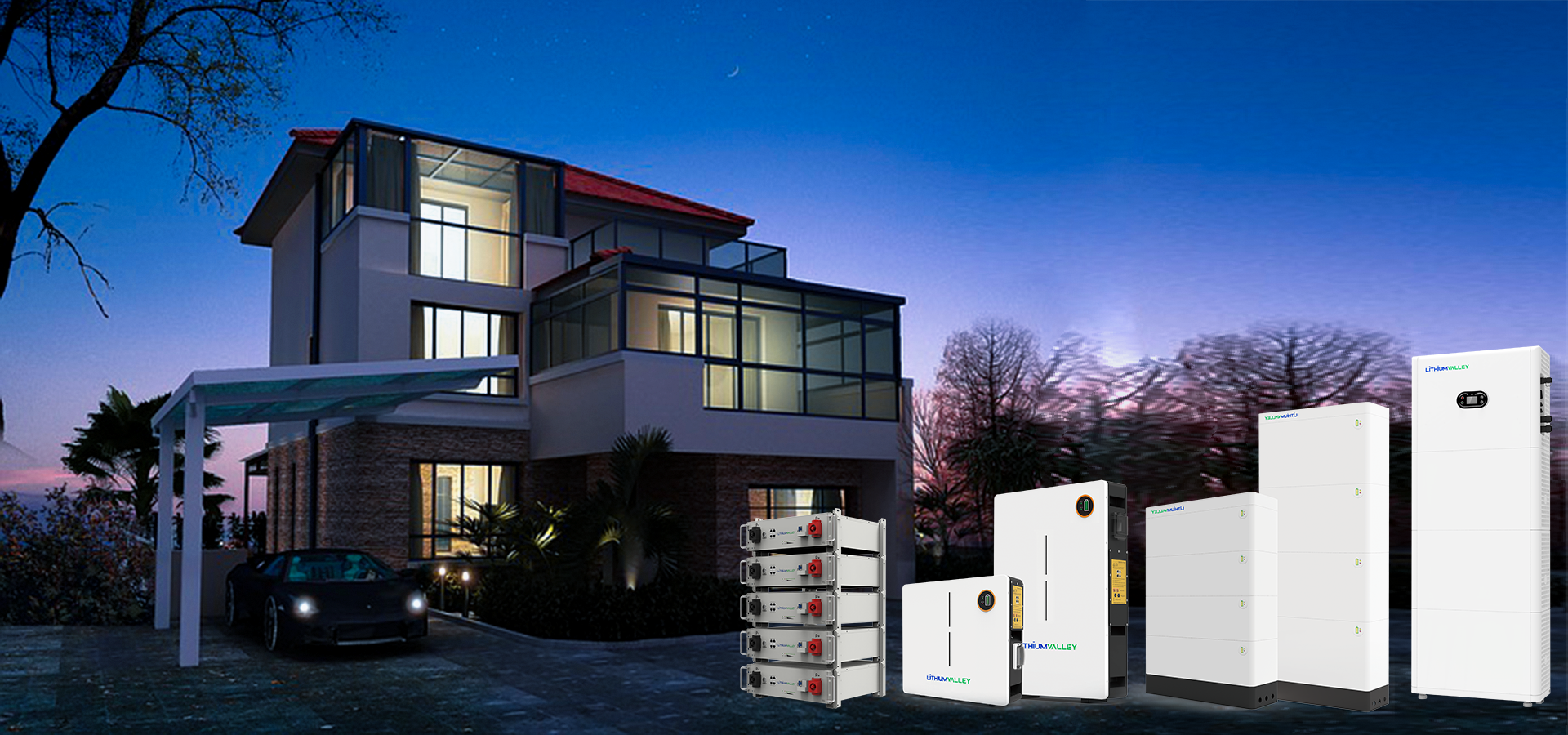
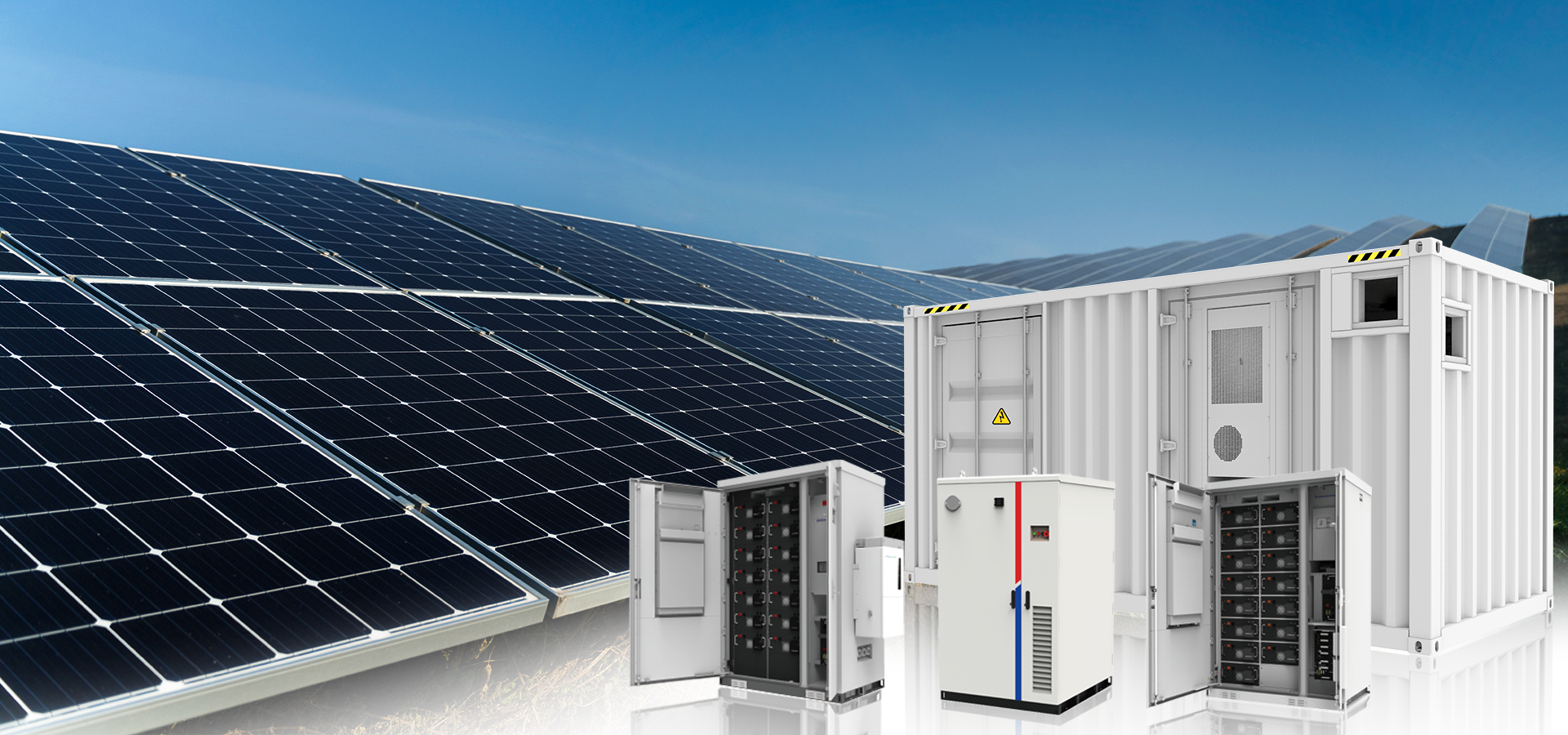
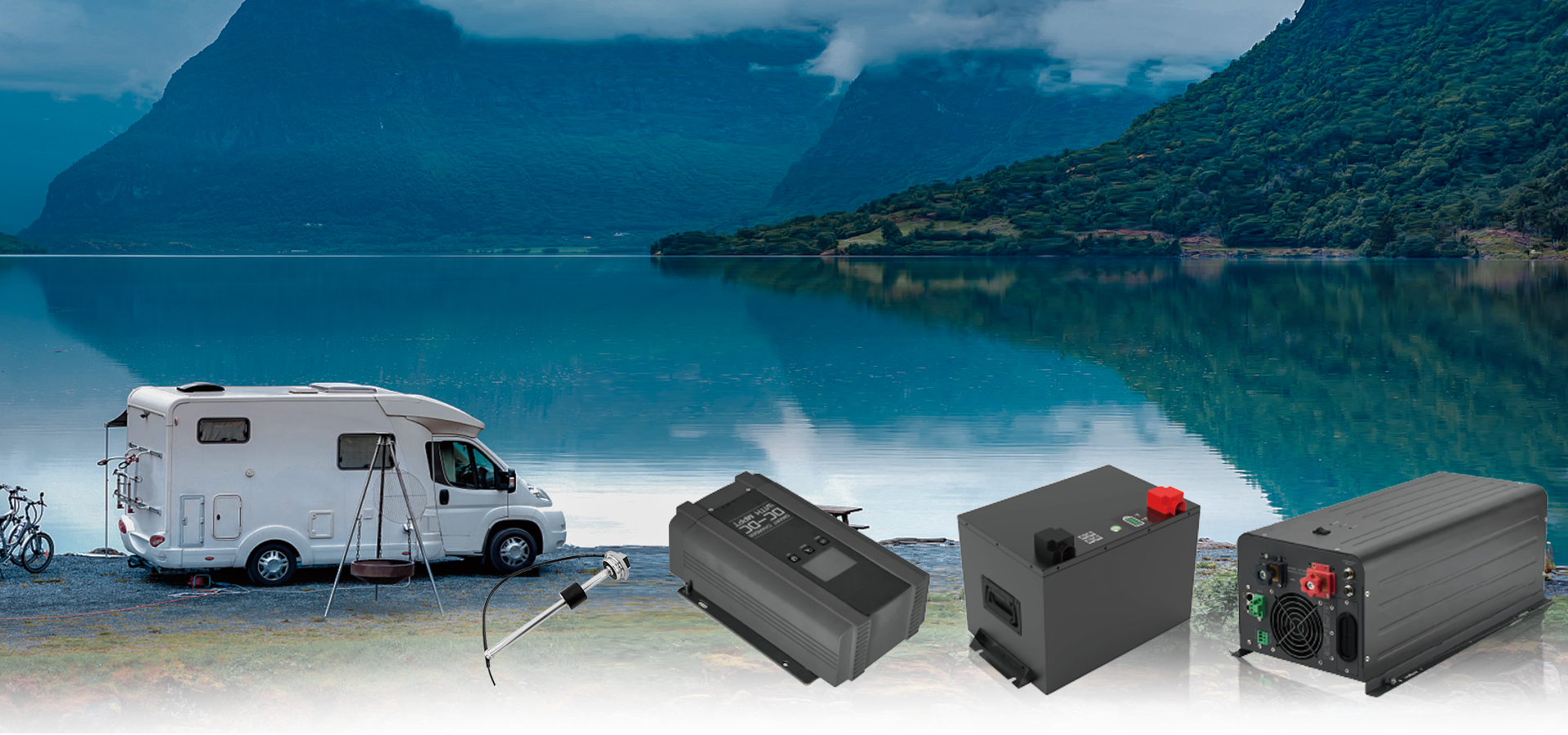
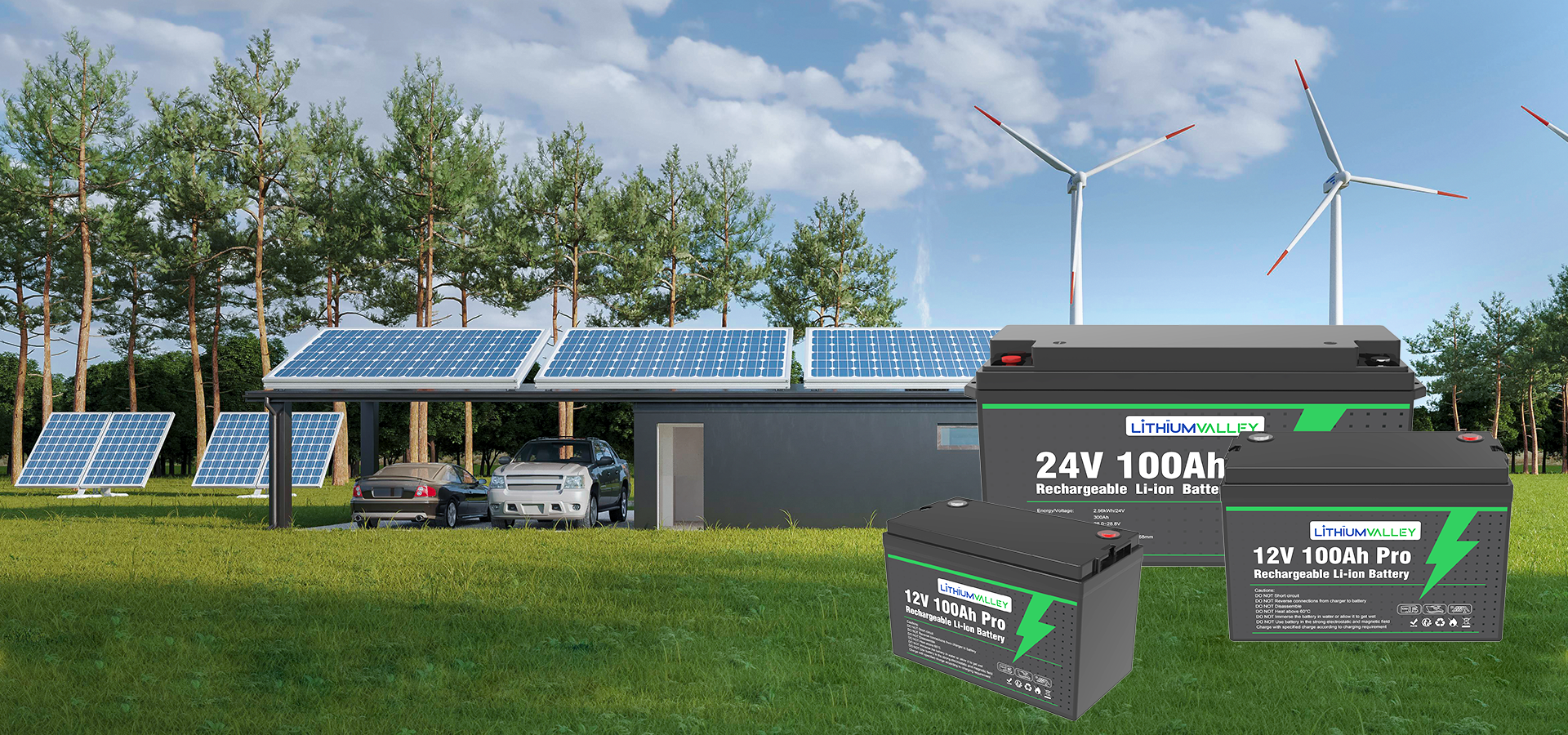

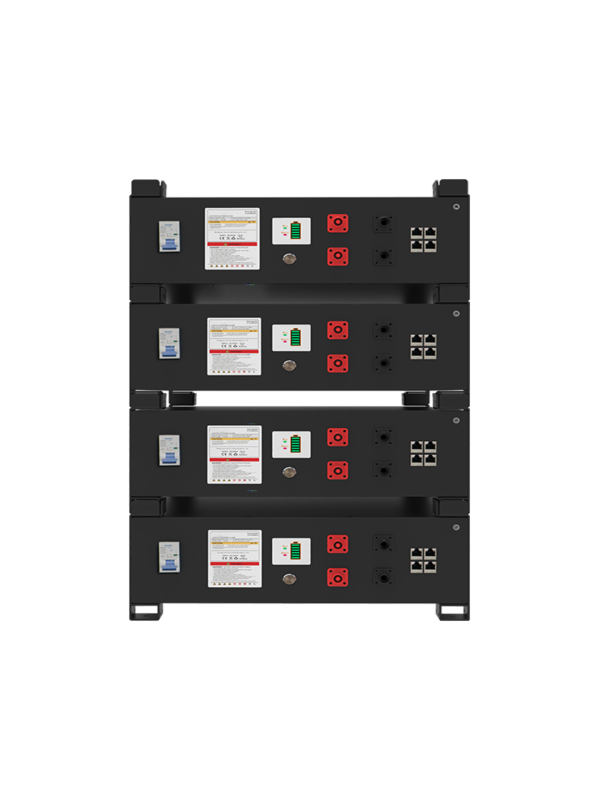
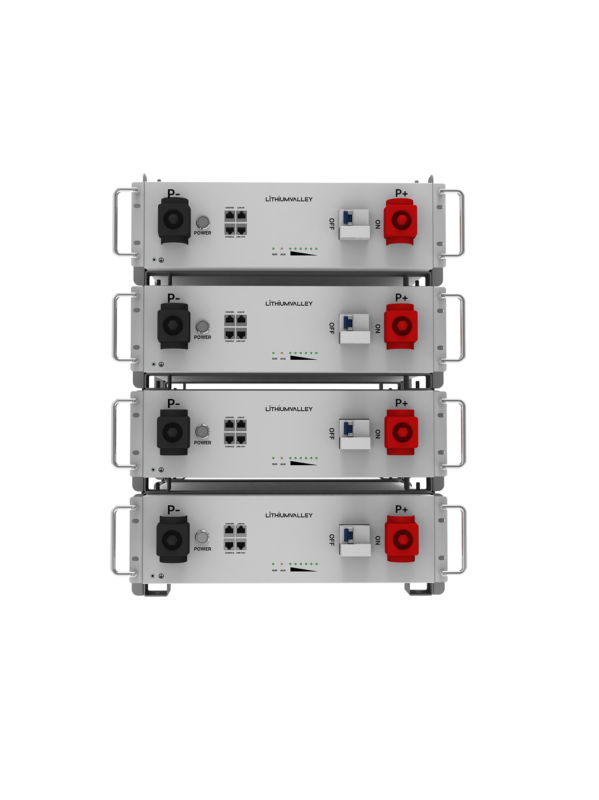
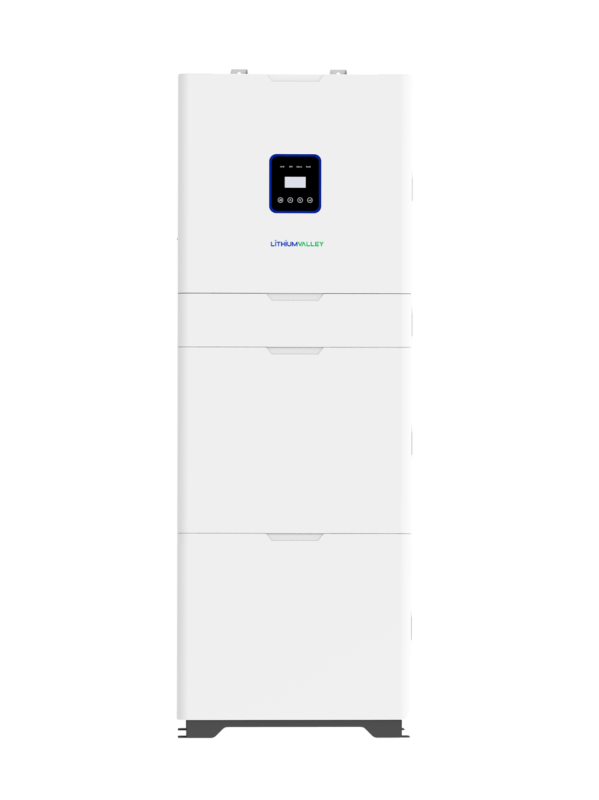

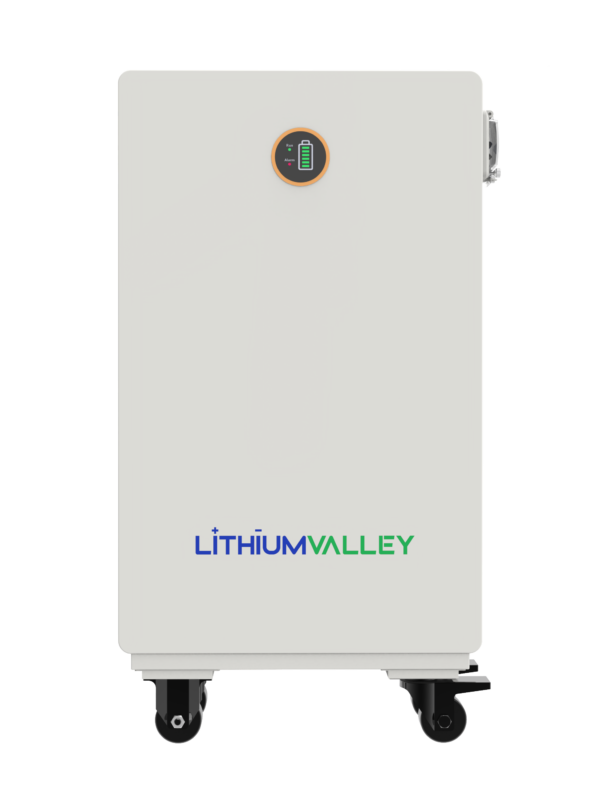


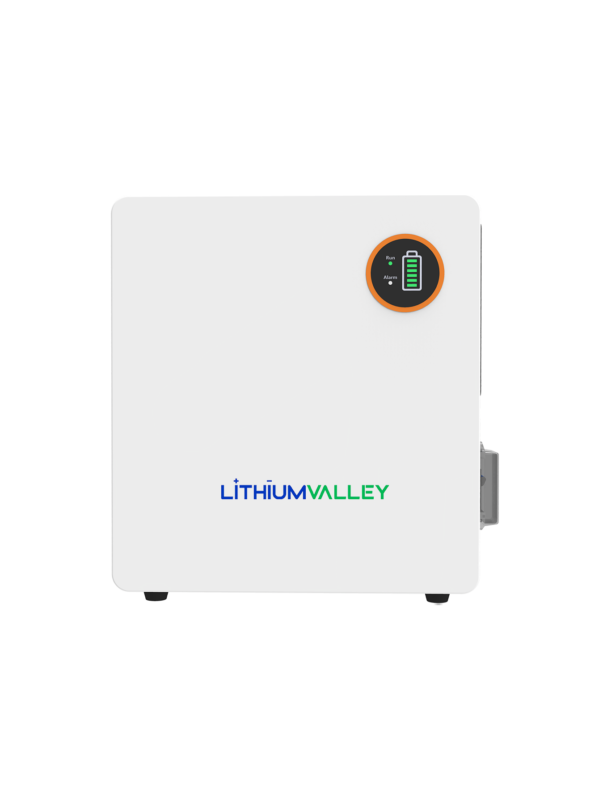

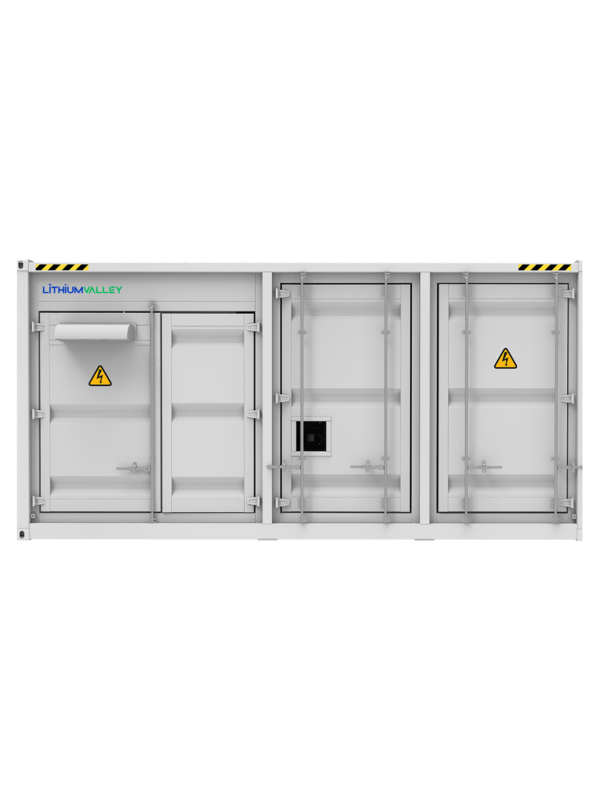
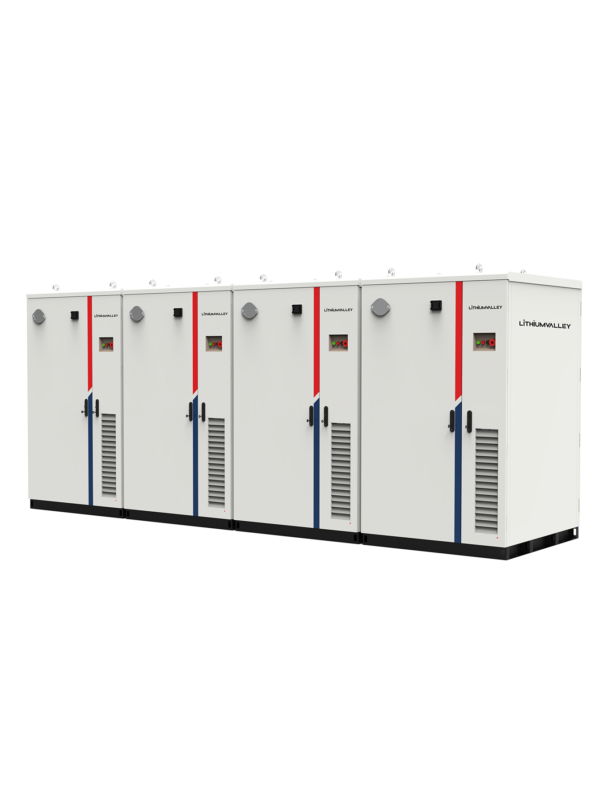
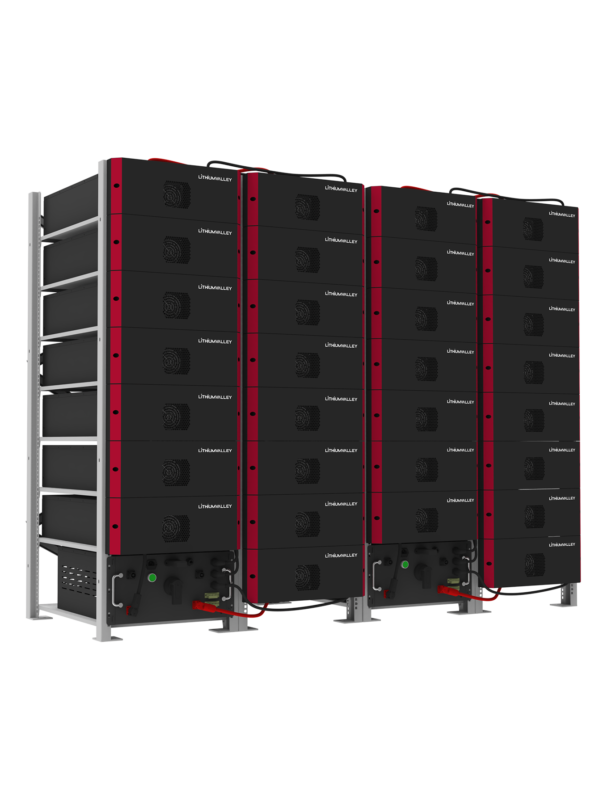
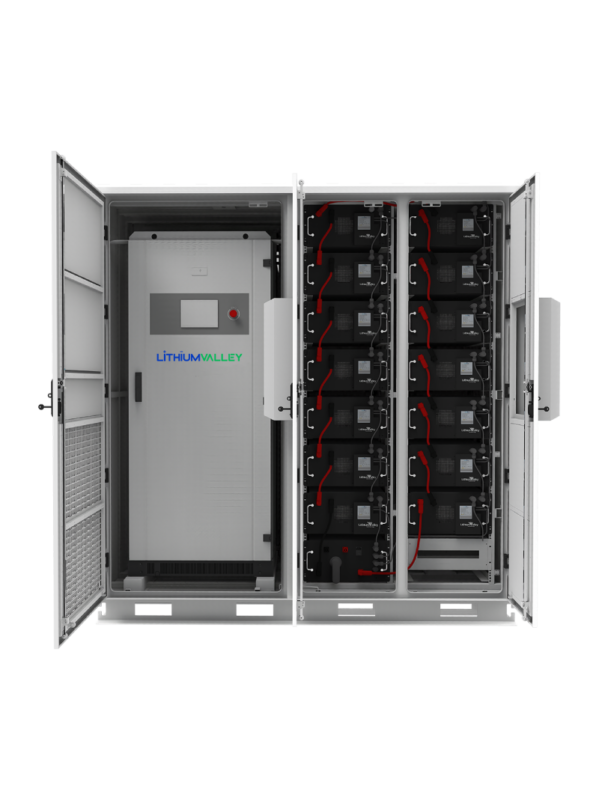
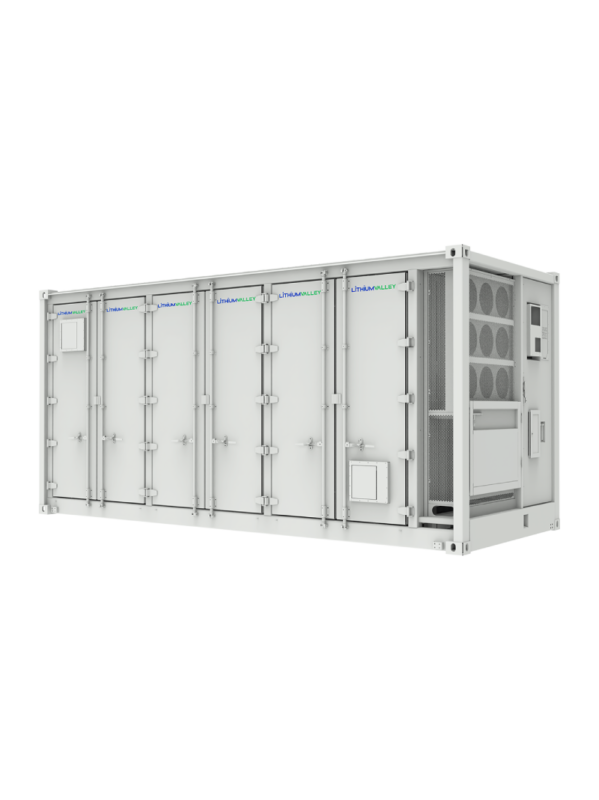
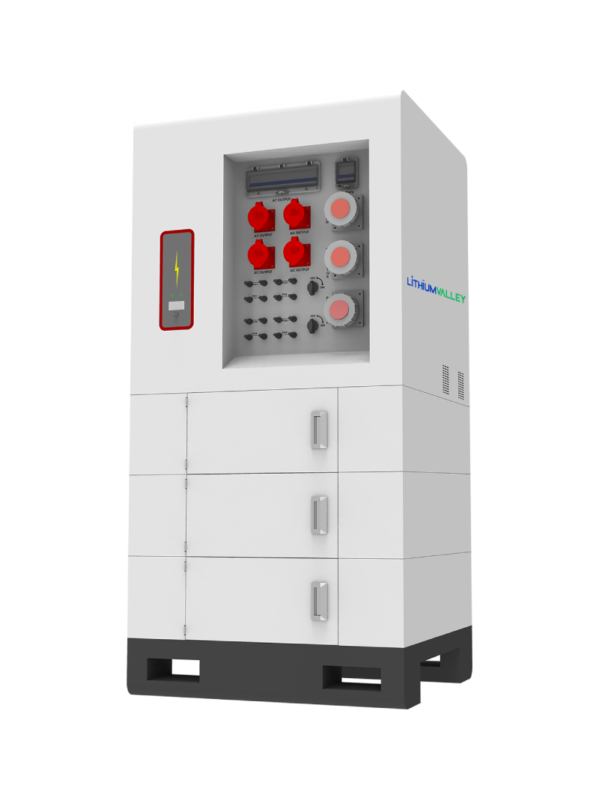
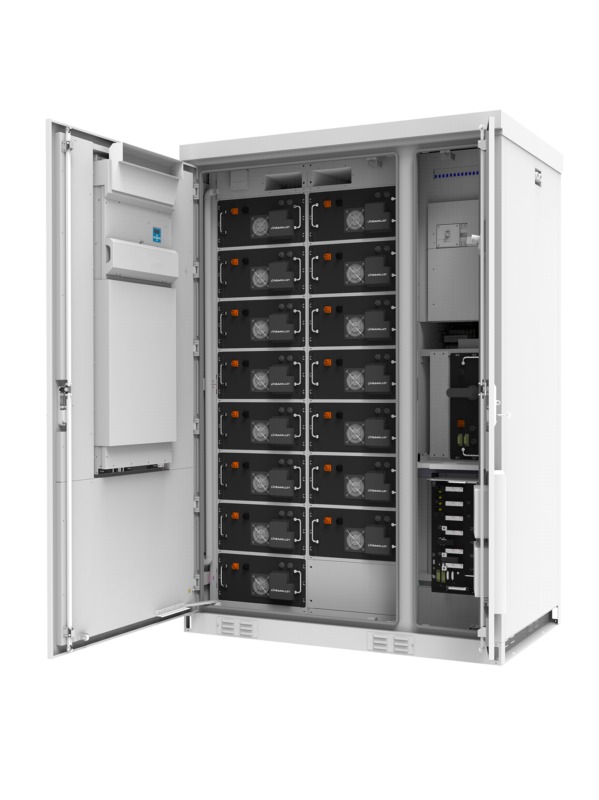
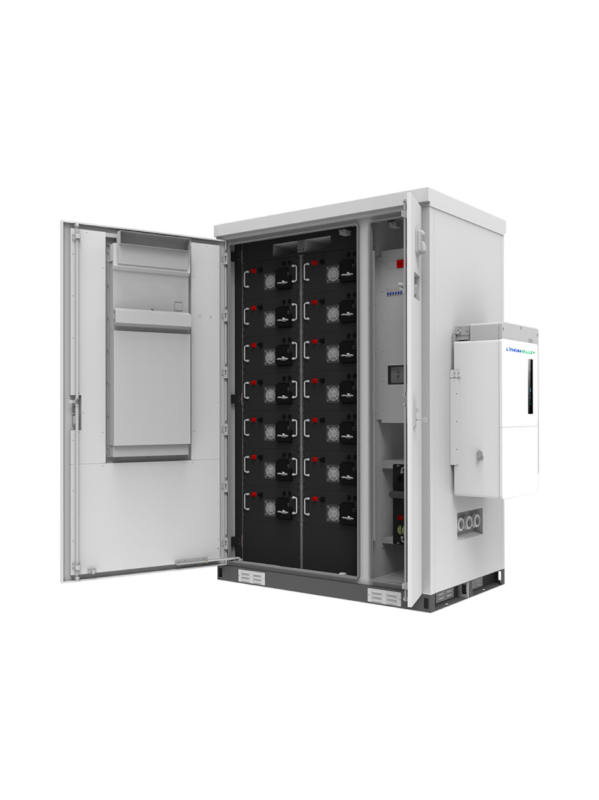
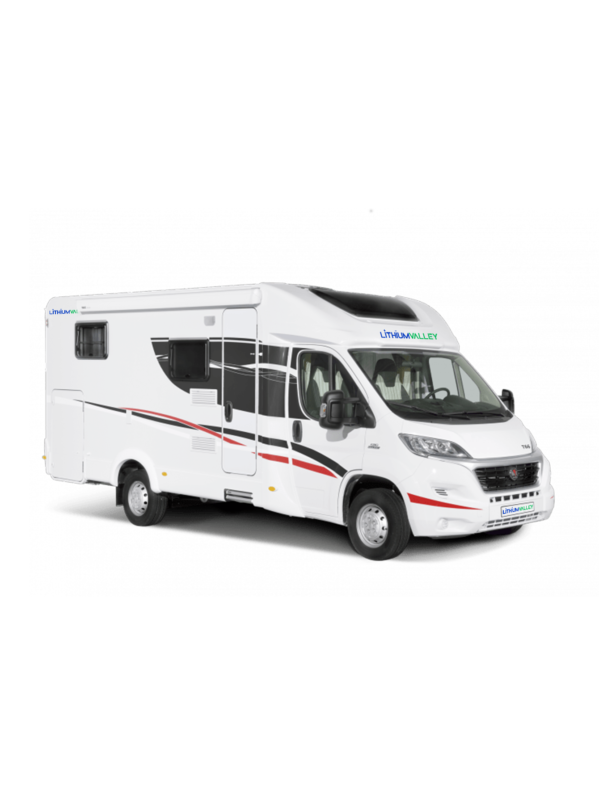
.png)
.png)
.png)
.png)
